Shenmue, Dreamcast Masterpiece
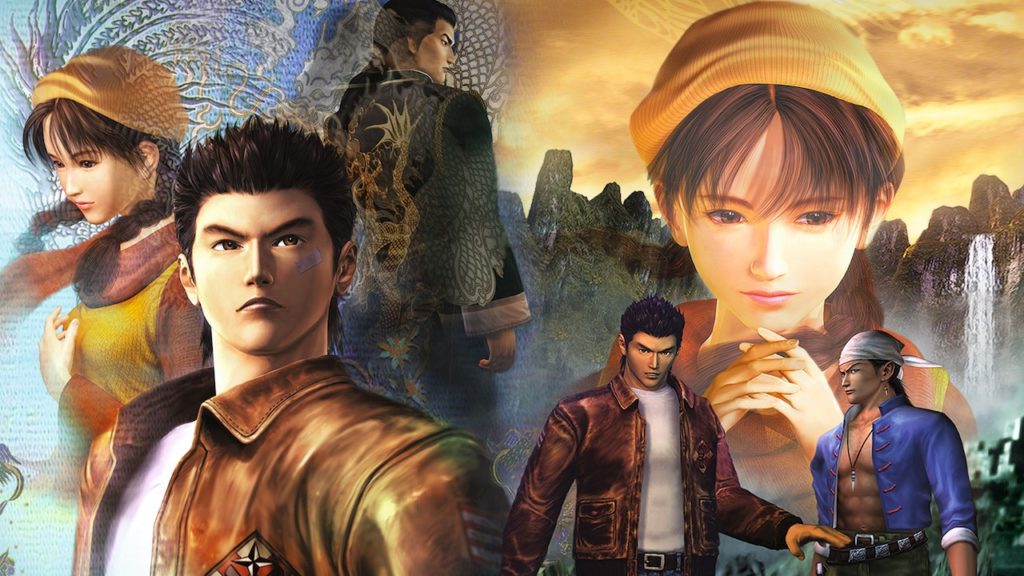
Shenmue is a game franchise originally released for Dreamcast, debuting in Japan in December 1999, and nearly a year later in the United States and Europe. The sequel, Shenmue 2, came 2 years later in September 2001, after Sega announced in April that year that it would discontinue the Dreamcast. In the next year the Xbox, which marked Microsoft debut as console manufacturer, received Shenmue 2 as exclusive in the United States, but did not receive the first game, this one continuing as exclusive to Dreamcast in North America. Shenmue has come up with a lot of new gameplay and graphics as well. In 1999, Dreamcast was the most advanced console till then, the Playstation 2 would only arrive the following year.
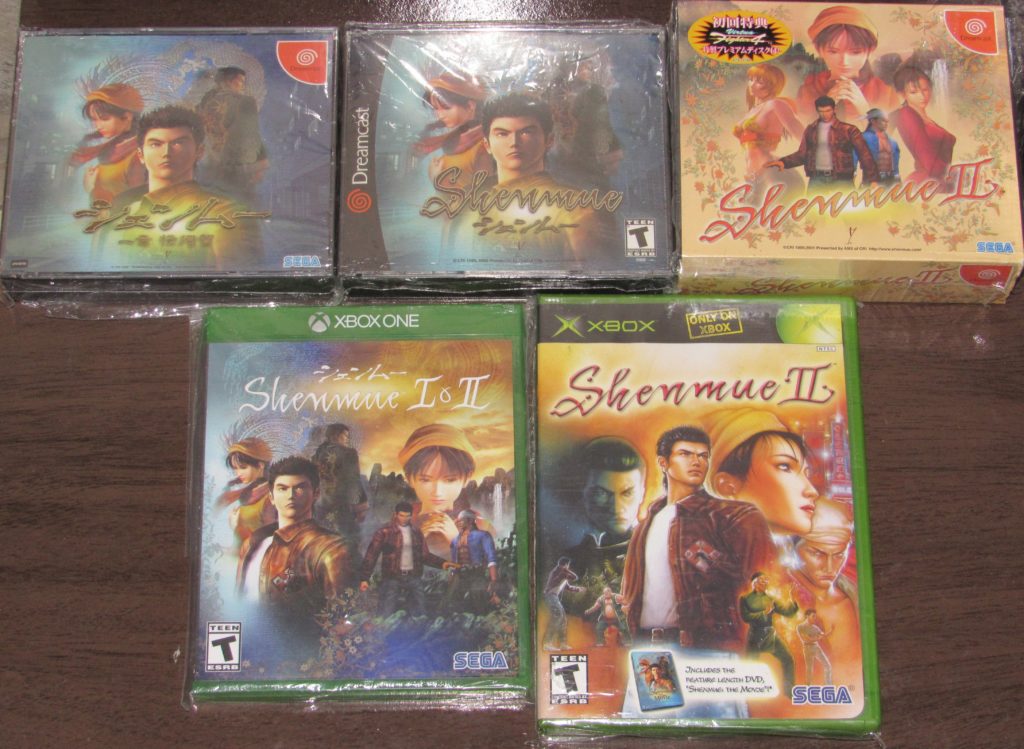
Dreamcast and Xbox versions 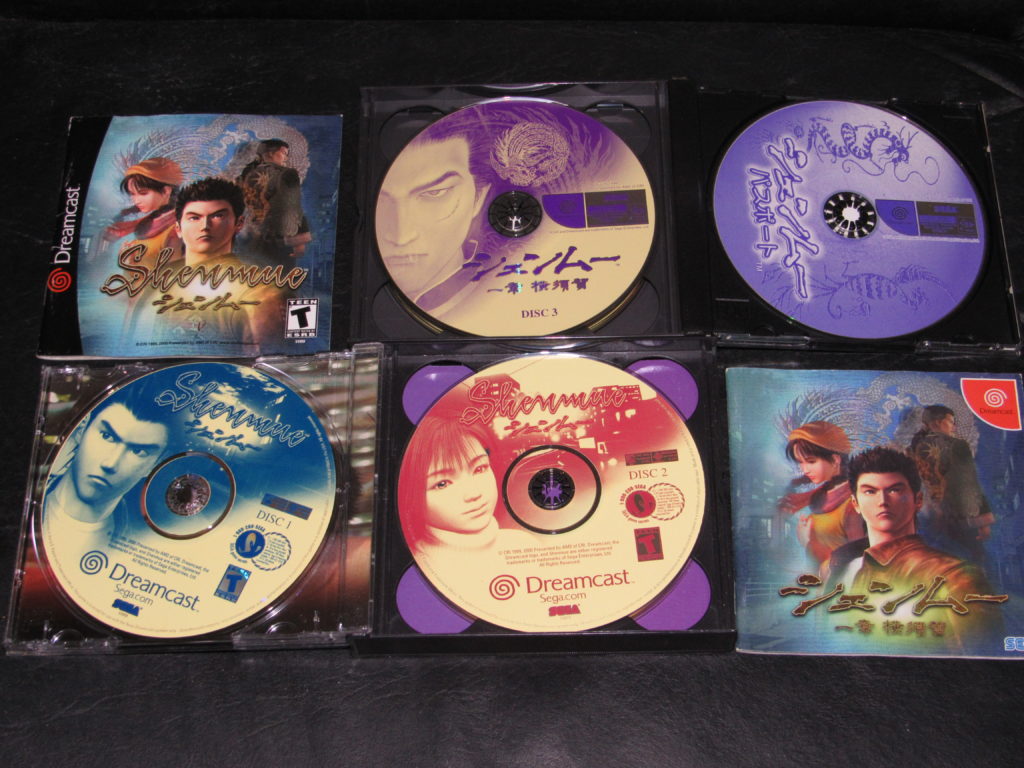
Shenmue 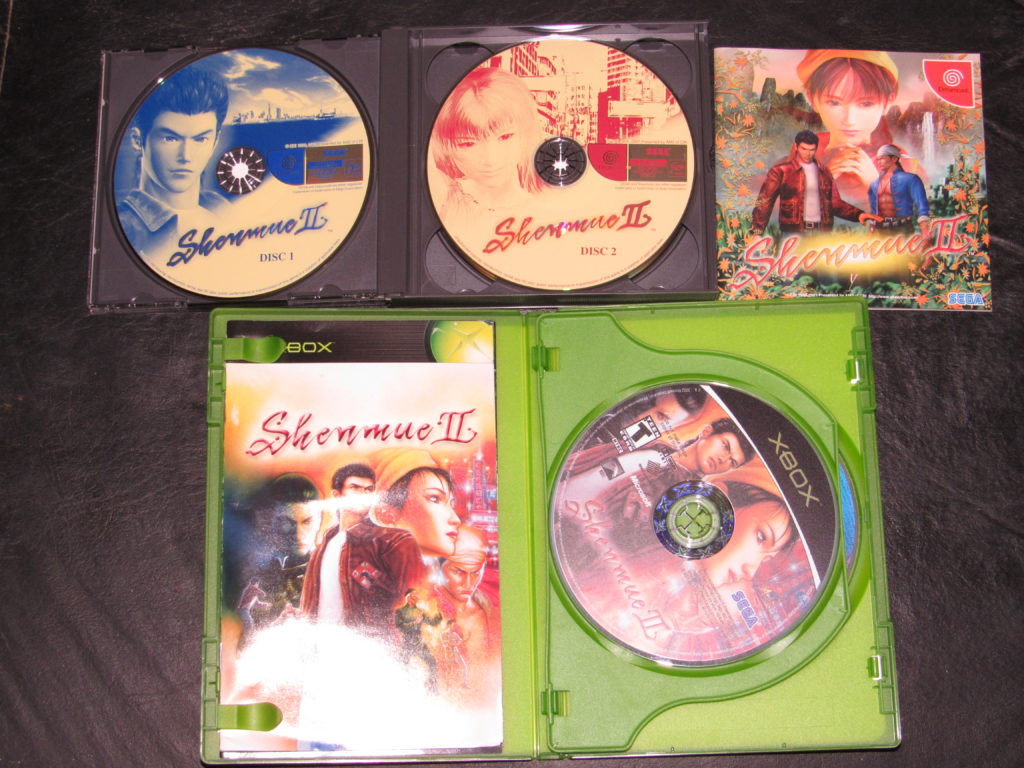
Shenmue 2
Twenty years and many games later, Shenmue remains a very interesting and remarkable series. A longawaited sequel is about to be released in November. I’m repeating the experience of playing both games now on Xbox One, which has both available on the Game Pass subscription, just to prepare for the release of the third game. I confess that the first game is a little boring and tiring, while the second is more refined. In my opinion, the game weathered well over time. I played both in the early 2000s. Years later, when I started collecting, the Shenmue 2 version for Xbox was one of the first original games I bought, and I played it on Xbox 360, happy to see and hear the game in English. Now I am once again impressed by the amount of detail on the streets reproduced in the game, the buildings, the people each with their own actions, the sounds, the surrounding music and I am still discovering things that I did not discover when I played before.
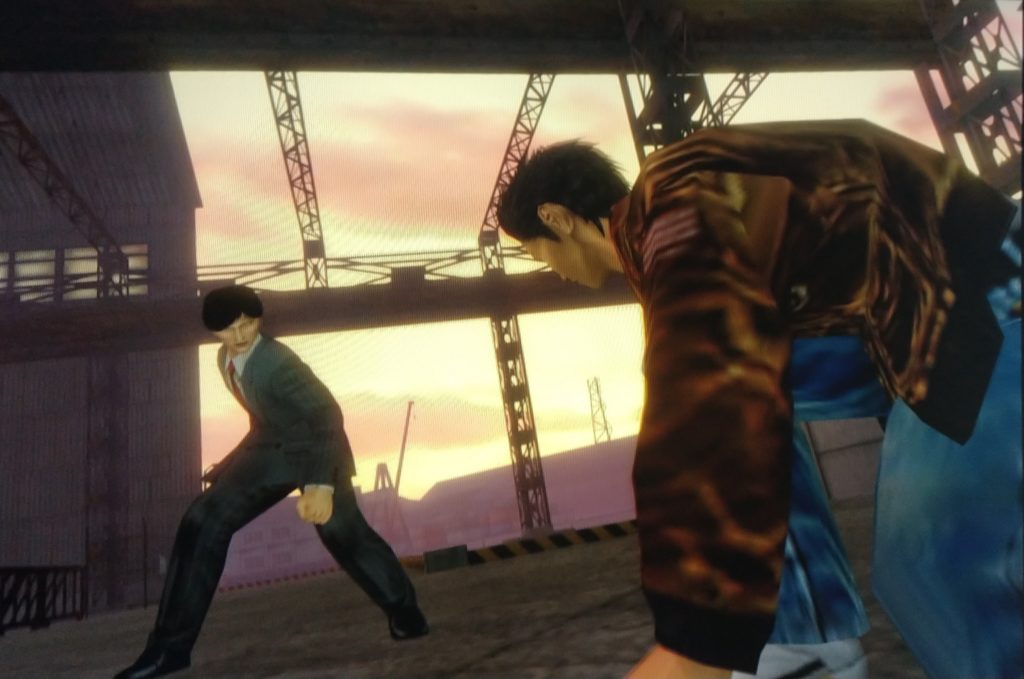
The sets are reproductions of real locations with faithful features. The first game takes place in Yokosuka, a Japanese city, and much of the scenery can be visited in real life, such as Dobuita Street. Shenmue 2 is set in Hong Kong and Guilin, China. A big highlight is Kowloon, which is a reproduction of Kowloon Walled City, an enclave inserted in Hong Kong, full of history. Guilin is a country town in China, surrounded by mountains and rivers that form a beautiful landscape. In Dreamcast, the fourth disc of the second game is set in this scenario. Ryo walks through the mountains and meets an important character in the story. This was supposed to be a separate chapter, but Yu Suzuki summed up the story to fit the second game, perhaps for lack of budget. I heard that the ship’s voyage from Japan to China was going to be shown with events inside the ship, but that was cut. Early in the second game, Ryo talks to a woman and her daughter, who gives her some information about where they landed and thanks Ryo for helping her daughter during the trip.
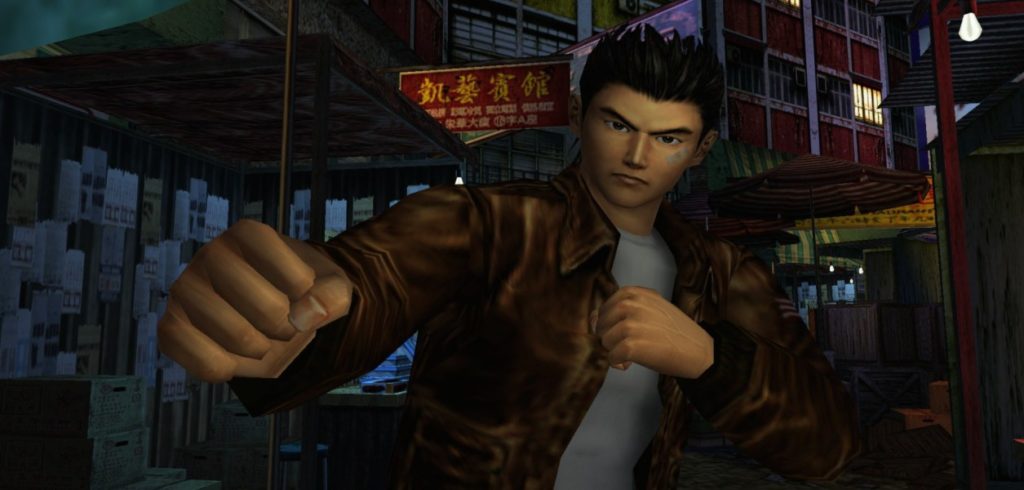
Shenmue is a fantastic game of great importance to the industry as it brought innovative elements that were adopted by games that came after it. This game also has a great story related to its production, which began on Sega Saturn and was ported to Dreamcast, as Sega abandoned Saturn early. Shenmue is said to have been one of the most expensive games ever made, and contributed to Sega’s exit from the console market, but no one can confrm that. Yakuza, a series of games produced by Sega, is considered by many to be a spiritual sequel to Shenmue, but the truth is that they are different games, resembling only because they are from the same manufacturer and being from the open world.
A Shenmue MMORPG was announced in 2004. Shenmue Online would be a multiplayer game where players would form clans and help each other or face off. The scenarios would be those of Shenmue 2. The game was canceled in 2007, and never saw the light of day. Since then, a sequel to Shenmue has remained unknown, until in 2015, when Yu Suzuki launches the campaign for crowdfunding Shenmue III, bringing the long-awaited sequel to light.
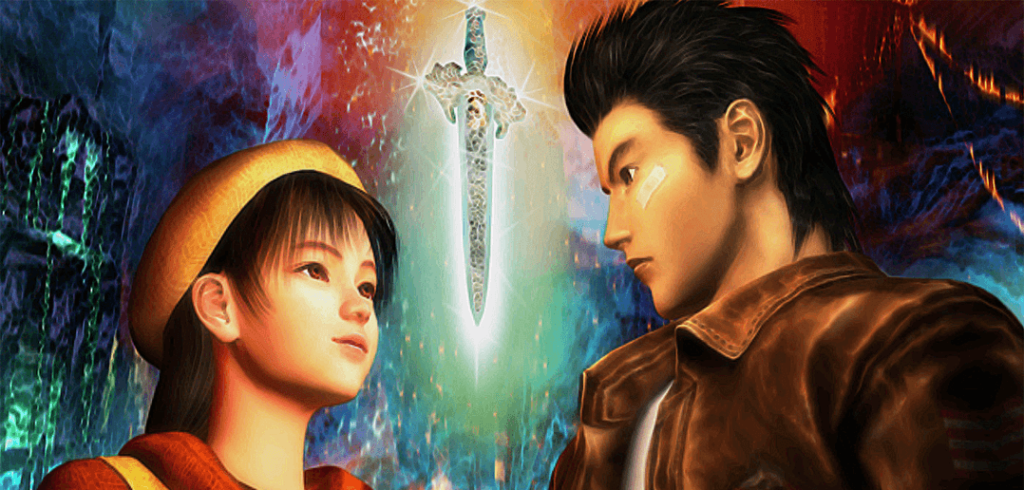
Admittedly, the third chapter may not reach a large audience and the game may not be successful. The pace of the game is slow and very exploratory, as I said, sometimes even tiring, but still engaging and remarkable. Nothing like that had emerged until its release. In addition to the super revenge story, the game featured NPC’s with stories and routines of their own, miles of spoken dialogue, simulation of time and climate, and interactivity with scenery objects. You could interact with just about anything, and some even had functions, such as fashlights that would light up and need to replace spent batteries, tape player that would play tapes that could be bought at the market, and even the phone could be used to call phones noted in the notebook. Ryo opened drawers, cabinets, doors and chests. You could play arcade games, real and complete Sega games like Space Harrier, and you could also collect items purchased from machines scattered around the scene. The Quick Time Event Batlle mode, a term coined in the series, is an innovation widely used in later games. God of War is an example.
Shenmue is not a game for everyone, it has much more to offer and is a gem in the midst of so many games that came later. It is worth playing it today, either for the first time or to rediscover it. It is part of the history of Dreamcast, the history of Sega and has its great importance and contribution to the history and gaming industry.
sources and links
https://pt.wikipedia.org/wiki/Cidade_murada_de_Kowloon
https://pt.wikipedia.org/wiki/Guilin
https://en.wikipedia.org/wiki/Shenmue_III
https://pt.wikipedia.org/wiki/Shenmue

 Português do Brasil
Português do Brasil
Recent Comments